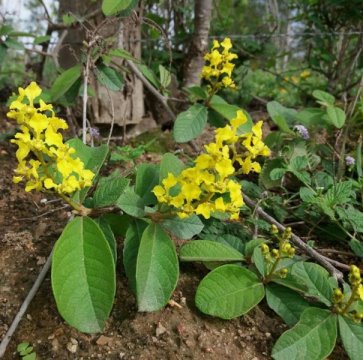[ad_1]
A new species of the Brazil-endemic small genus Mcvaughia is described as part of a extended revision of this unique group. The study was published in the open access journal PhytoKeys.
Mcvaughia is a genus of the plant family Malpighiaceae comprising just three known species, all of which endemic to the unique Seasonally Dry Tropical Forests biome found in the Atlantic Forest and Caatinga domains in northeastern Brazil.
In fact, Seasonally Dry Tropical Forests have only been recognized as a worldwide biome recently and taxonomic studies focusing on its endemic plant species are imperative for conservation management.
In their newly published monograph, the team of scientists from Universidade Federal de Minas Gerais, Universidade Federal de Viçosa, Universidade Federal do Amazonas, Universidad Nacional Autónoma de México & Smithsonian answer the need for a deeper understanding on this unique biome, starting with genus Mcvaughia and hoping to continue with other endemic plant groups in the future.
“We are truly fascinated by the members of this new and exciting biome and when during a visit in Brazilian herbaria, we found a third species of Mcvaughia endemic to seasonally dry forests from the state of Piauí, Brazil, we couldn’t miss the chance to improve knowledge on this unique genus and the biome where it is only found,” explains lead author, Dr Rafael F. Almeida from the Universidade Federal de Minas Gerais, Brazil.
The name of the newly described species Mcvaughia piauhiensis pays tribute to Dr. Rogers McVaugh, an American botanist, expert in the Mexican flora.
“The results presented in this study are the second step towards a complete taxonomic revision of the Mcvaughioid clade using several additional methods in biosystematics. The macro and micromorphological data presented here are promising for future taxonomic and phylogenetic studies focusing on understanding the morphological evolution in the Mcvaughioid clade, and in Malpighiaceae, as well,” conclude the authors.
Story Source:
Materials provided by Pensoft Publishers. The original story is licensed under a Creative Commons License. Note: Content may be edited for style and length.
[ad_2]















